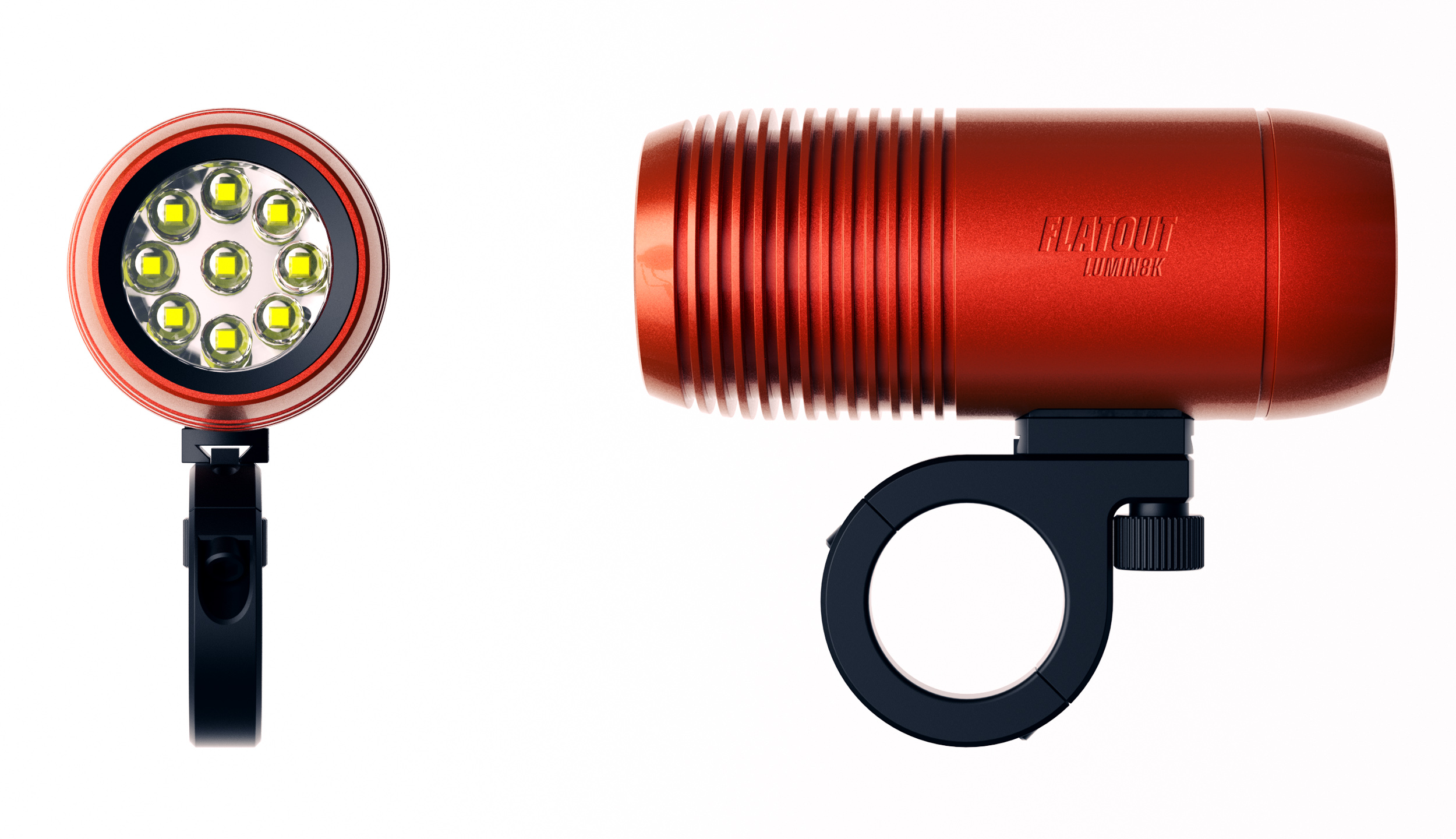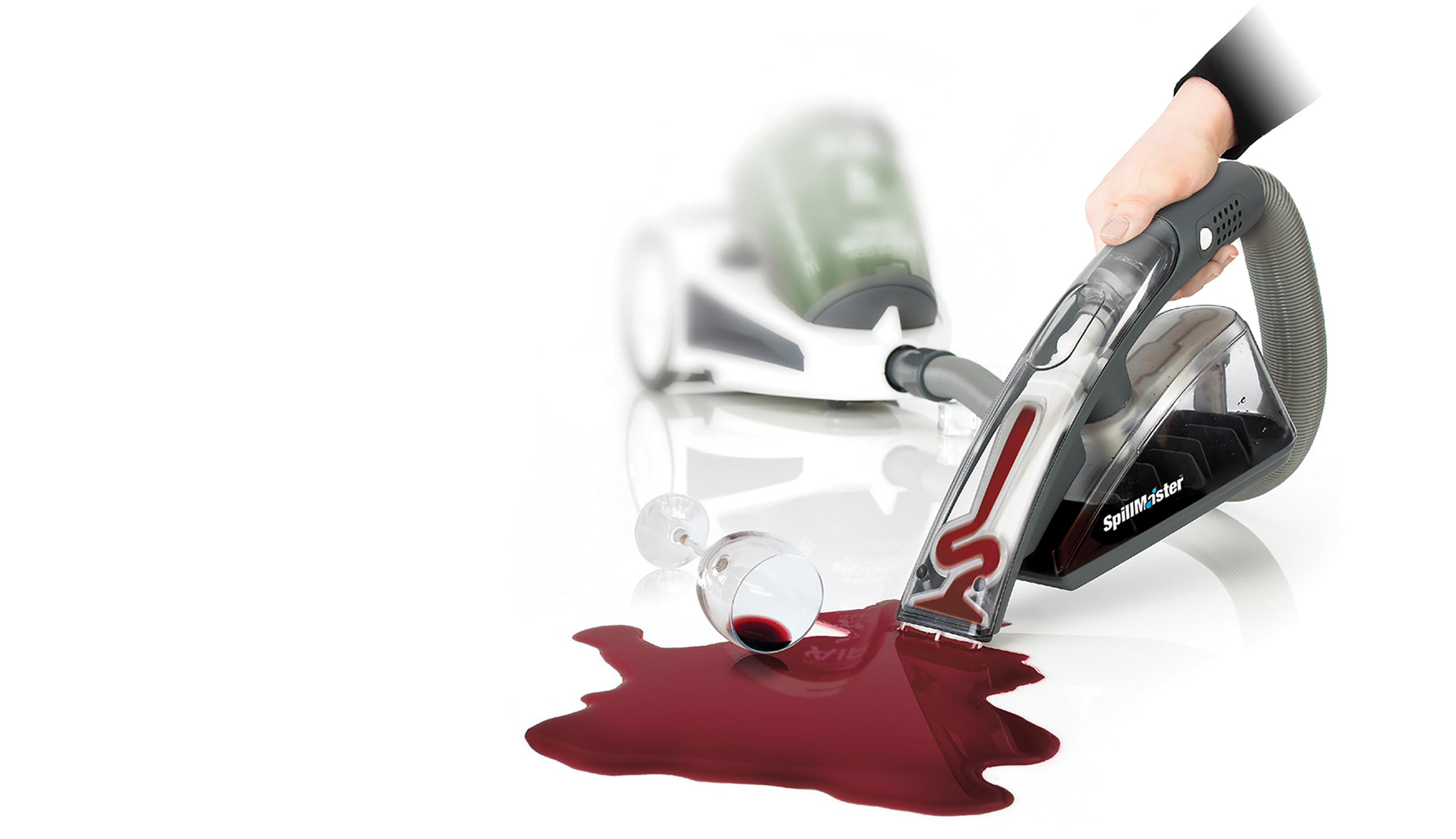Enhancing Product Appeal: Industrial Design Techniques for Competitive Differentiation

In today’s competitive market, standing out from the crowd is essential for businesses looking to succeed. Industrial design plays a crucial role in creating products that resonate with their target audience, differentiate brands, and gain a competitive advantage. By focusing on elements such as aesthetics, usability, and brand identity, companies can develop products that meet consumer preferences and address pain points effectively.
Table of Contents
The Foundation of Competitive Differentiation in Industrial Design
By understanding consumer needs and preferences through market research and focus groups, industrial designers can develop products that not only meet customer expectations but also set the brand apart in a competitive market. Brand recognition and loyalty are built on effective industrial design that enhances the brand image and creates a unique identity.
Successful product differentiation is achieved when a brand’s products resonate with the target audience. By incorporating design elements that address user needs and preferences, companies can develop products that are user-friendly and meet the demands of the market. This differentiation strategy not only increases market share but also positions the brand as a leader in innovation and quality.
For example, a company that focuses on sustainable design not only differentiates itself from competitors but also appeals to environmentally conscious consumers. By creating products that not only look good but also benefit the environment, the brand sets itself apart in a crowded market and builds a loyal customer base that values sustainability.
Key Industrial Design Techniques for Product Appeal
Industrial design consultants utilise a range of techniques to enhance product appeal and create products that stand out in the market. By paying attention to details such as usability, aesthetics, and user experience, designers can differentiate brands and develop products that cater to the specific needs of their target audience.
One essential technique is the use of rapid prototyping, which allows designers to quickly iterate on product designs based on user feedback. By involving users in the design process early on, companies can ensure that the final product meets customer needs and preferences, leading to higher satisfaction levels and increased brand loyalty.
Additionally, incorporating technology into the design process can enhance both the usability and appeal of a product. By leveraging cutting-edge technologies, companies can create products that not only look good but also offer innovative features that resonate with modern consumers.
Incorporating Technology for Enhanced Usability and Appeal
Technology plays a significant role in modern industrial design, allowing companies to create products that not only look good but also offer enhanced usability and appeal. By integrating technologies such as virtual reality or internet of things capabilities, designers can develop products that cater to the needs of today’s tech-savvy consumers.
For example, a smart home device that not only looks sleek but also offers intuitive user interfaces and seamless connectivity with other devices can differentiate a brand in the competitive market. By focusing on creating user-friendly products that leverage the latest technologies, companies can gain a competitive advantage and increase their market share.
When incorporating technology into industrial design, it’s essential to consider the user experience and ensure that the product meets the needs and preferences of the target audience. By understanding consumer behaviours and pain points, companies can develop products that not only look great but also offer tangible benefits to users, leading to increased brand loyalty and customer satisfaction.
Sustainable Design: A Path to Differentiation
Sustainable design is a strategic approach for companies looking to differentiate their products in a crowded market. By focusing on environmental sustainability and creating products that resonate with eco-conscious consumers, brands can set themselves apart and build a loyal customer base that values sustainability.
For example, a company that uses recycled materials in its product designs not only reduces its environmental impact but also appeals to consumers who prioritise sustainable practices. By communicating the benefits of sustainable design to the target audience, companies can build brand differentiation and position themselves as leaders in environmental stewardship.
By incorporating sustainable design principles into the product development process, companies can not only differentiate their products but also contribute to a more sustainable future for all. Brands that prioritise sustainability not only resonate with consumers but also play a crucial role in driving positive change in the industry and society as a whole.
The Role of Prototyping and User Feedback
Prototyping is a crucial step in the industrial design process, allowing designers to quickly iterate on product designs based on user feedback. By creating prototypes and engaging users in the testing phase, companies can identify and address potential issues early on, leading to more successful product launches and higher customer satisfaction.
Rapid prototyping techniques, such as 3D printing or virtual prototyping, enable designers to bring their ideas to life quickly and efficiently. By testing different iterations with users and incorporating their feedback into the design process, companies can develop products that not only meet but exceed customer expectations.
By involving users in the prototyping process, companies can ensure that their products are user-friendly and address the pain points of their target audience. User feedback is invaluable in creating products that resonate with consumers and differentiate brands in a competitive market, leading to increased market share and brand recognition.
Rapid Prototyping Techniques
Rapid prototyping techniques are essential tools in the industrial design process, allowing designers to create iterative prototypes quickly and cost-effectively. By using techniques such as 3D printing or CNC machining, designers can test multiple design concepts and gather feedback from users early in the development process.
These rapid prototyping techniques enable companies to accelerate the product development cycle and bring innovative products to market faster than traditional methods. By incorporating user feedback into each iteration, companies can ensure that the final product meets the needs and preferences of their target audience, leading to increased customer satisfaction and brand loyalty.
Ultimately, rapid prototyping techniques play a crucial role in enhancing product appeal, differentiating brands, and gaining a competitive advantage in the market. By leveraging these tools effectively, companies can create products that not only look good but also offer tangible benefits to users, setting themselves apart in a crowded market and building a loyal customer base.
How Bluefrog Design Can Help
In conclusion, this article underscores the pivotal role that Bluefrog Design can play in refining the industrial design process for businesses seeking competitive differentiation. As seasoned product design consultants, Bluefrog Design brings to the table a robust expertise in harnessing aesthetics, functionality, and technology to not only meet consumer needs but also elevate their market standing. The emphasis on techniques such as rapid prototyping, sustainable design, and strategic use of technology aligns perfectly with Bluefrog Design’s commitment to innovation and quality, ensuring that product designs are not just appealing but are set up for commercial success.
View more of our Product Development Services
If you would like to hear more on how we can improve the quality of your products or help with your product development, please contact Bluefrog Design at mail@bluefrogdesign.co.uk
FAQs on Enhancing Product Appeal Through Industrial Design
How do I choose the right design elements to enhance my product’s appeal?
To choose the right design elements, focus on understanding your target audience’s preferences and needs. Employ user research, such as surveys and focus groups, to gather insights. Select elements that enhance usability and aesthetic appeal, ensuring they align with brand identity and resonate with consumer trends for maximum impact.
Can sustainable design really make my product more appealing?
Yes, sustainable design can significantly enhance your product’s appeal. Today’s consumers increasingly value environmental responsibility, so incorporating eco-friendly materials and practices can attract a conscientious customer base, differentiate your brand, and potentially command a premium in the market, boosting both appeal and profitability.
How important is colour choice in product design?
Colour choice is vital in product design as it significantly impacts consumer perception and brand identity. The right colours can enhance aesthetic appeal, convey brand values, and influence buying decisions. It’s crucial to select colours that resonate with your target audience and align with your product’s functionality.
What are some cost-effective ways to prototype design ideas?
Cost-effective ways to prototype design ideas include using 3D printing for quick, precise models, utilising virtual prototyping to test concepts digitally, and employing inexpensive materials like cardboard or foam for initial mockups. Leveraging open-source software for CAD design can also reduce costs significantly.
Ready to get started on a project?
Socials




